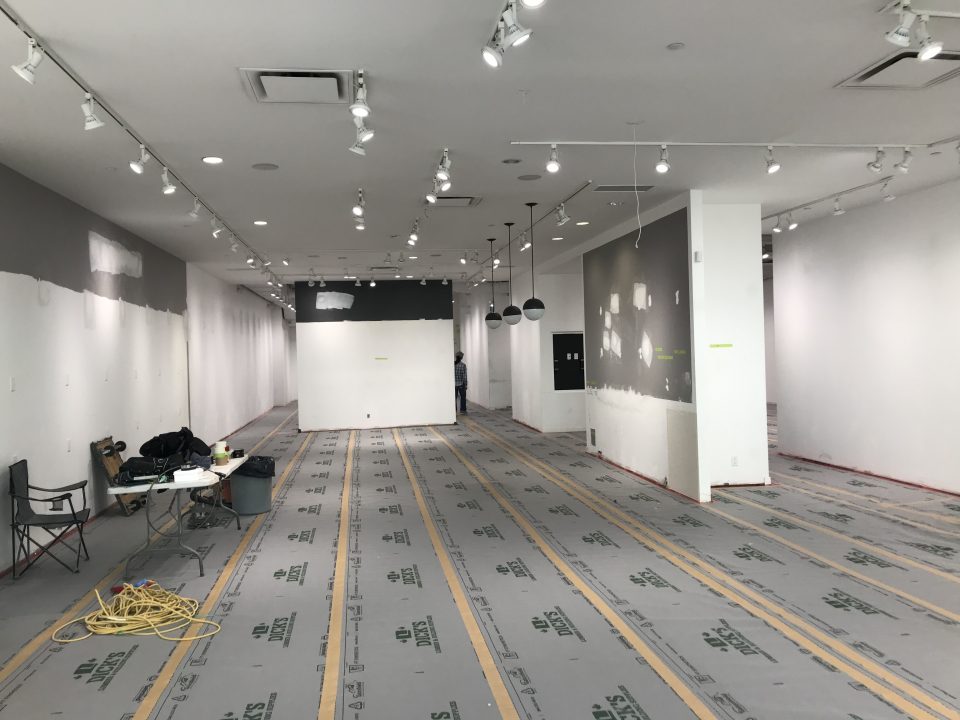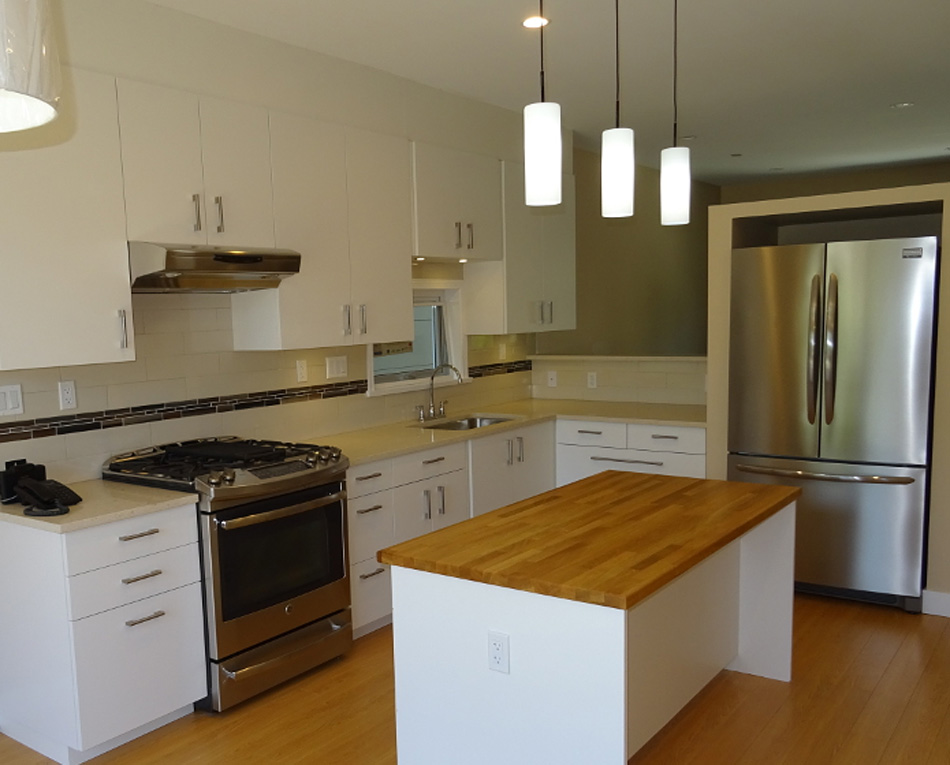
Whether you’re planning a home renovation or dreaming up a new addition, understanding when to get a building permit in British Columbia (BC) is essential. Building permits ensure that your project complies with local safety regulations and building codes, protecting both you and your community. Neglecting to secure a permit could lead to fines, delays, or even the need to undo your hard work.
This guide will help you identify when a permit is required, projects that may not need one, and how to kickstart the application process in BC.
Common Projects Requiring Building Permits in BC
Before you grab your toolbox and start sketching blueprints, it’s crucial to know which types of projects legally require a building permit. Here’s a closer look at some of the most common situations where you’ll need to apply for one.
Structural Alterations
Planning to modify the structure of your home? Whether it’s enlarging windows, knocking down walls, or reinforcing foundations, any changes to the structure will likely require a permit. Structural amendments ensure that your home remains safe and stable for residents.
For example, replacing a load-bearing wall with a beam or adding a skylight to your roof are both structural modifications that would need approval.
Plumbing and Electrical Work
Upgrading your plumbing or electrical systems is more than just an improvement project; it also involves critical safety considerations. To comply with BC regulations, any significant plumbing or electrical work, like installing new pipes, adding an electrical circuit, or modifying the sewage system, requires a permit.
Licensed professionals are often required to carry out this work, so double-check the rules in your municipality.
Additions or Renovations
Adding extra space to your home? Projects such as building a home addition, finishing a basement, or constructing a detached garage almost always require permits. This holds true whether you’re adding a sunroom or expanding your kitchen.
Permits for additions and major renovations ensure new structures are sound and meet local zoning requirements. They also prevent unexpected hiccups like property boundary disputes.
Projects That May Not Need a Permit
Not every improvement project demands the red tape of a building permit. For smaller, less invasive updates to your home, you may not need one. Here’s where your to-do list gets easier.
Cosmetic Upgrades
Refreshing your home’s interiors with a fresh coat of paint, installing new flooring, or updating your countertops rarely needs a permit. These cosmetic improvements don’t alter your home’s structure or systems, so you’re free to proceed without municipal approval. But keep in mind that adding complex elements like in-floor heating might require a closer look.
Landscaping
Want to revamp your yard with new plants, pathways, or fences? Landscaping projects usually don’t require a building permit, but it depends on the scope. Constructing a retaining wall greater than a specified height (as determined by your municipality) or building a deck might require approval.
When in doubt, it’s always worth reviewing local guidelines to avoid surprises.
How to Apply for a Building Permit in BC
Once you’ve determined your project does require a permit, what’s next? Follow these simple steps to get a permit and keep your project on track.
1. Research Local Requirements
Building codes and permit requirements vary by municipality in BC, so it’s important to start by checking the rules in your area. Visit your local government’s website or consult your building department for detailed regulations specific to your project type.
For instance, Vancouver may have different zoning requirements compared to Kelowna, so understanding these nuances is critical.
2. Prepare Necessary Documents
Your application will likely require several documents to outline your project clearly. Commonly required documentation includes:
- Detailed building plans or blueprints
- Site plans showing property boundaries
- A project description or scope of work
- Proof of ownership or authorization from the property owner
Hiring a contractor or architect can simplify this step, as many professionals are familiar with the application process and documentation requirements.
3. Submit Your Application and Follow Up
Submit your permit application through your local government’s website or in person. Most municipalities offer an online portal for added convenience. Be prepared to pay an application fee, which varies depending on the scope and scale of your project.
Once submitted, the review process can take anywhere from a few days to several weeks. Be proactive by following up on your application status and addressing any requests for additional information promptly.
Pro Tip: Don’t start construction until your permit is officially approved. Moving forward without a permit could result in hefty fines or delays.
Why Building Permits Matter
Applying for a building permit may feel like a hassle, but it’s crucial for ensuring the safety and longevity of your property. Building permits ensure that your project meets applicable codes, which increases not only safety but also property value and buyer confidence should you decide to sell down the road.
By adhering to these guidelines and doing your homework, you’ll not only save yourself potential trouble but also contribute to keeping your community a safer place to live.
Have questions about your next project? Contact your local municipality or consult a licensed renovation contractor for clarity on permit requirements. Taking these steps now could save you time, money, and stress in the future.





